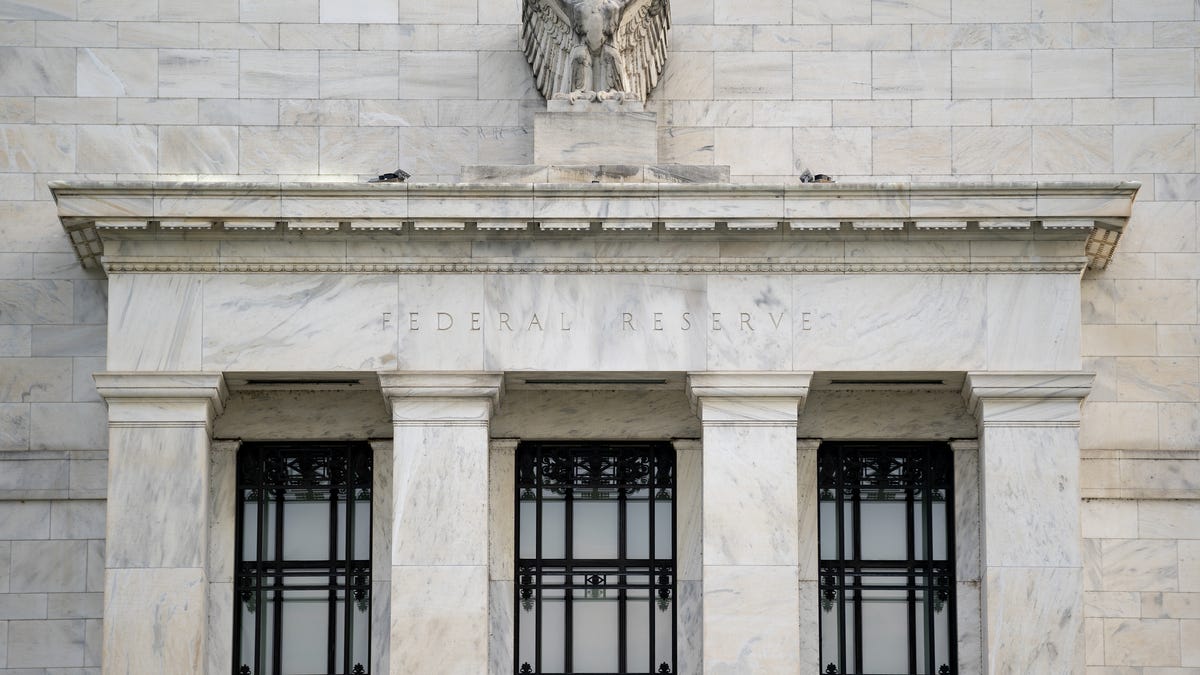Impact of Interest Rates on Regional Banks
Federal Reserve Chair Jerome Powell’s somber declaration of imminent bank failures at the Senate Banking Committee was not merely conjecture. Less than sixty days later, the United States witnessed the first bank collapse of 2024 as Republic First Bank in Philadelphia ceased operations under the jurisdiction of the Pennsylvania Department of Banking and Securities. Subsequently, Fulton Bank assumed control of the failed bank’s assets and deposits, marking a pivotal moment in the financial sector.
Having held approximately $6 billion in assets and $4 billion in deposits prior to its downfall, Republic First Bank’s failure is estimated to cost the FDIC’s Deposit Insurance Fund a staggering $667 million. While the bank’s demise may seem isolated, it underscored the ongoing challenges faced by smaller financial institutions grappling with rising interest rates and commercial real estate turbulence.
Challenges Faced by Regional Banks
The issues that precipitated Republic First Bank’s collapse, such as profitability concerns stemming from increased funding costs and the impact of fixed-rate assets, are emblematic of the struggles plaguing smaller banks nationwide. Megan Fox, a vice president at Moody’s, emphasized that these prevailing challenges, including profitability constraints and escalating funding expenses, collectively contribute to the industry’s negative forecast for 2024.
Moody’s pessimistic outlook on the U.S. banking sector’s future aligns with Fitch’s assessment, which anticipates a moderate increase in bank failures throughout the year. Despite Republic First Bank’s closure having a relatively minimal impact, these disruptions serve as cautionary tales in an environment where uncertainty looms large.
Systemic Risk and Regulatory Efforts
In a stark reminder of the vulnerabilities inherent in the banking sector, the recent spate of bank failures reflect the unpredictable nature of financial stresses that can materialize over time. Federal Reserve Chair Jerome Powell highlighted the resilience of the financial system, crediting regulatory and legislative interventions alongside global financial interconnectedness for mitigating the fallout from recent shocks.
Commercial Real Estate Challenges and Interest Rates
A pivotal factor in the precarious landscape facing regional banks is the commercial real estate (CRE) sector. The Federal Reserve’s tightening monetary stance, epitomized by interest rate hikes to levels not seen in over two decades, has exacerbated challenges for banks operating in a high-rate environment. John Buran, CEO of Flushing Financial, attested to the enduring uncertainty faced by small and midsize banks as they navigate the complexities of a fluctuating interest rate regime.
Compounding these uncertainties, the maturation of nearly 40% of CRE loans between 2023 and 2025 poses significant refinancing challenges for investors. Additionally, diminished property values and tepid demand for office spaces post-pandemic could potentially trigger a wave of loan defaults in the coming years, further imperiling the stability of regional banks with extensive CRE exposure.
Net Interest Income Challenges
Another critical concern for banks is the impact of interest rates on net interest income (NII), representing the difference between interest earned on loans and investments and interest paid to depositors. With many banks, both large and regional, projecting a decline in NII following a year of significant windfalls, sustained higher rates could push NII into negative territory, rendering banks technically insolvent.
Regional banks are particularly vulnerable to NII declines if interest rates remain elevated, potentially compelling shifts in funding costs and deposit structures. Amidst this uncertainty, the future trajectory of interest rates remains a pivotal determinant for the banking industry’s stability in the face of ongoing challenges and risks.
Image/Photo credit: source url





